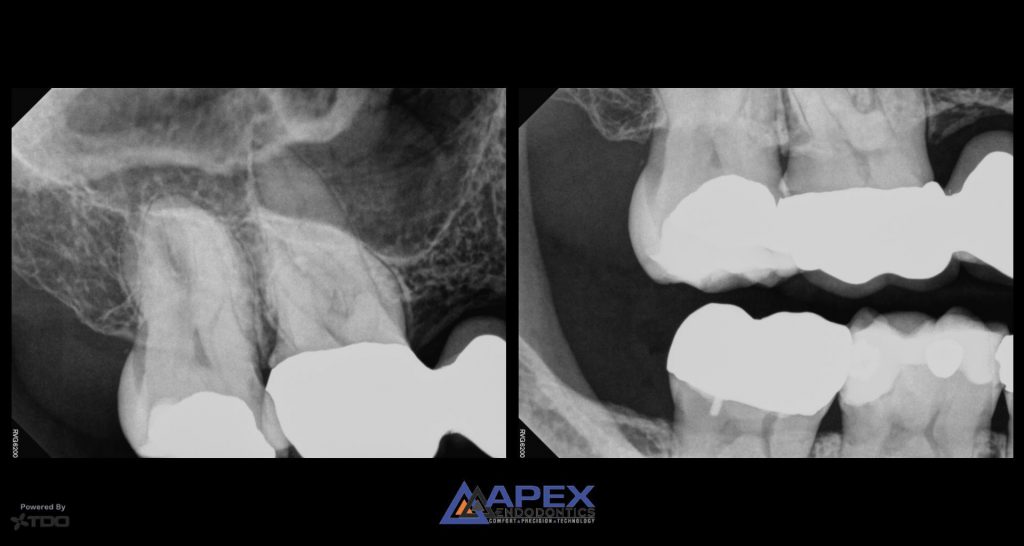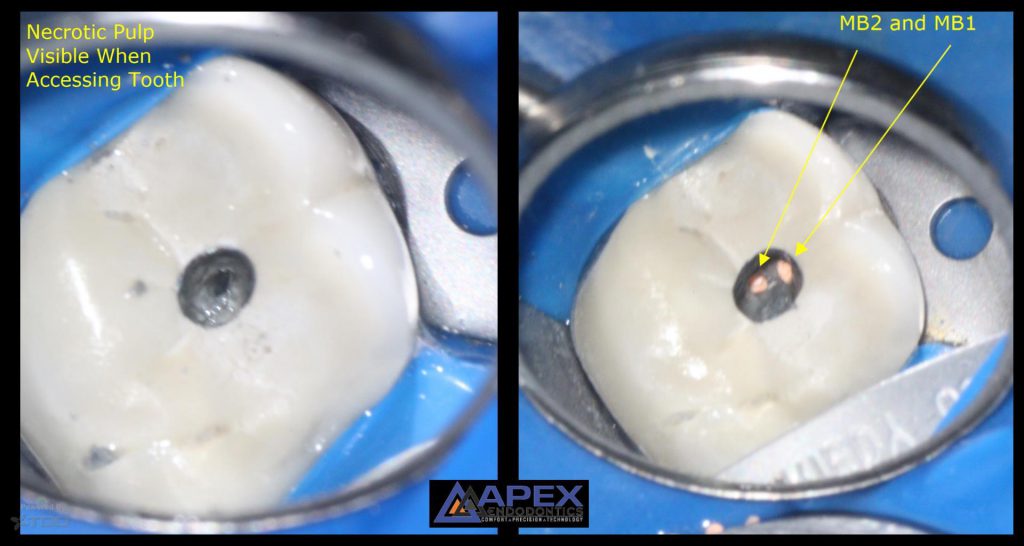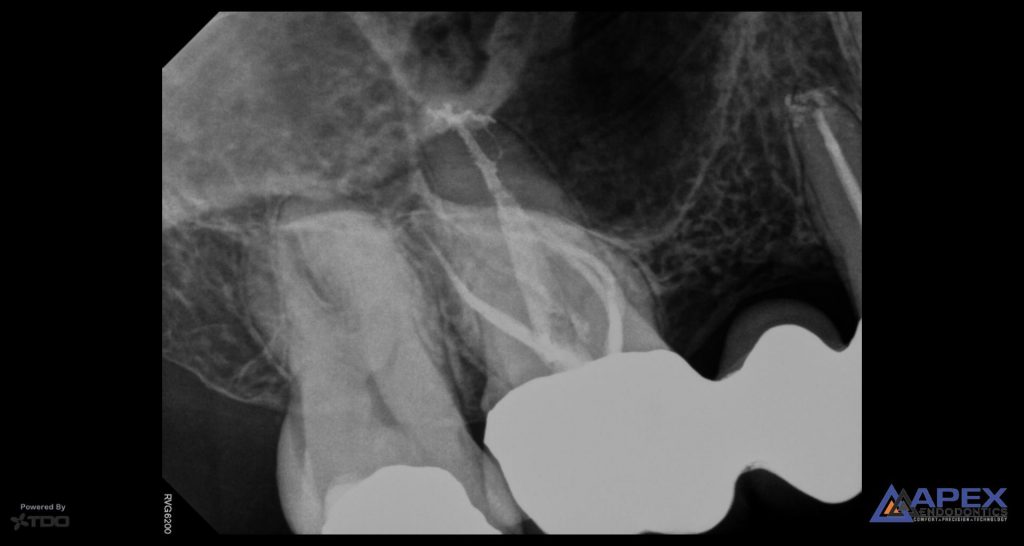
Is It Hot In Here? Cracking The Case of Tooth Sensitivity to Heat in Tooth #3
Frequently, endodontists must perform detective work with a patient. Only through thoroughly investigating a patient’s complaints can an endodontist determine how to treat the issue. Typical methods include high-tech cone-beam CT (CBCT) imaging.
However, sometimes, even imaging does not always show the cause of a problem. Therefore, the endodontist may need to find ways of replicating the complaint to find the source.
At Apex Endodontics, the doctor successfully cracked a case of a patient who had mysterious tooth sensitivity to heat that his dentist couldn’t help. Through testing, the endodontist successfully found the offending tooth and was able to treat it.
Cracking the Case of Tooth Sensitivity to Heat
The story began when a patient called Todd (name changed for privacy) experienced a toothache on his right side. More specifically, he had tooth sensitivity to heat when drinking his morning coffee (this is supposed to be a peaceful part of the day!). He contacted his dentist with the toothache complaint. However, Todd did not know which tooth caused him problems. Eventually, after his general dentist could not locate the pain source, Todd came to us at Apex Endodontics.
Diagnosing Tooth #3
Todd received standard diagnostic testing to attempt to identify the affected tooth. Initial results showed sensitivity to percussion testing and bite in teeth #2 and #3. Cold test results proved inconclusive. Imaging with CBCT did not show abnormalities of either tooth.
Because the original complaint dealt with tooth sensitivity to heat, we isolated each tooth suspected of pain and applied hot water to it. This test would hopefully replicate the situation of the patient experiencing discomfort when drinking hot coffee. Finally, we found the heat-sensitive tooth was #3.
Our Treatment Plan & Execution
To treat tooth #3, the patient received endodontic treatment. When accessing the interior of tooth #3, we visualized inflamed and necrotic pulp tissue inside the tooth. Therefore, the results from our diagnostic tests were confirmed. We also noted that MB1 and MB2 had separate portals of exit.
Issue resolution required removing the diseased pulp and disinfecting the pulp canal system. To do so, we used the Waterlase iPlus to clean out infected matter from the canals—view photos of the patient’s tooth before and after treatment in the next section.
Before & After Endodontic Treatment



Another Pain-Free Patient at Apex Endo
Upon a close examination of the patient’s condition and using several testing methods, Dr. Crepps found which tooth experienced sensitivity. After pinpointing the pain location, the doctor used endodontic treatment, specifically the Waterlase iPlus, to disinfect the tooth’s interior, thereby alleviating the cause of the sensitivity.
Today, the patient can enjoy hot coffee once again thanks to the success of the endodontic treatment he received from Apex Endodontics for this tooth sensitivity to heat.
